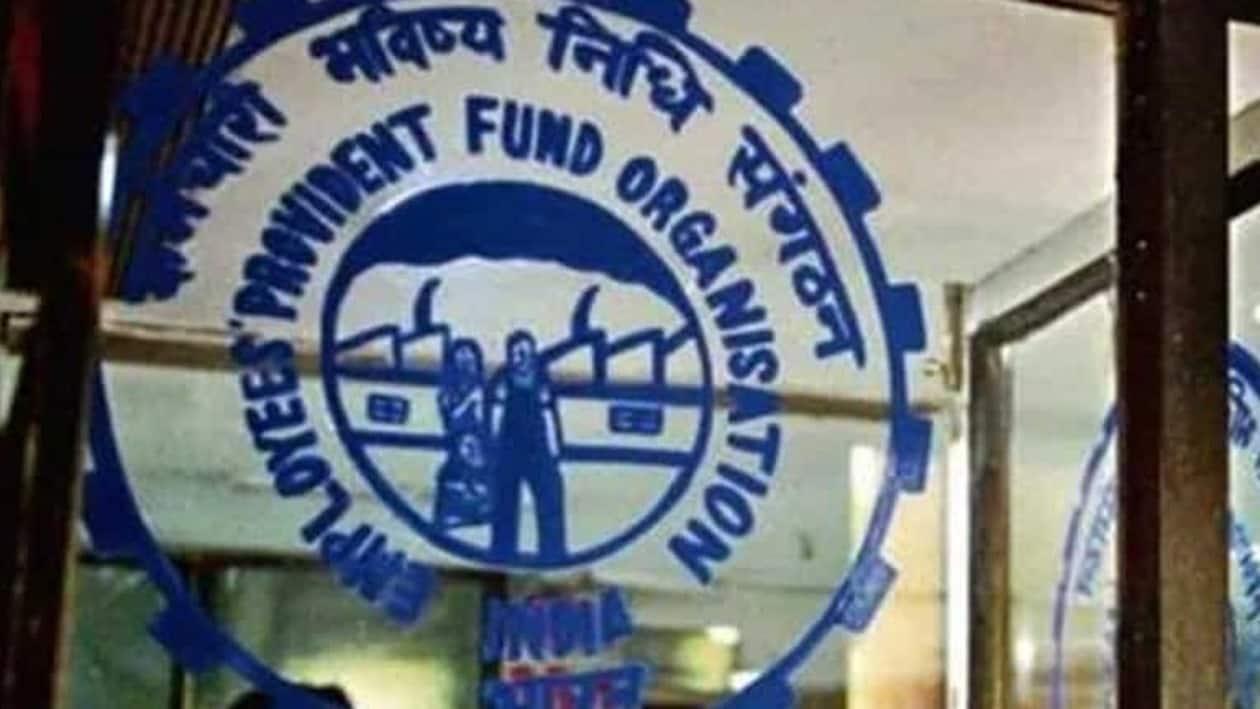The Employees’ Provident Fund Organization (EPFO) has slashed the interest rate on Employees Provident Fund (EPF) from 8.5 per cent to 8.1 per cent in 2021-22. The lowered interest rates come amidst a lot of hue and cry by the central trade union representatives that have urged the organization to retain the original interest rates.
A statement by the labour ministry read, “The 8.1 per cent interest rate was recommended by the Central Board of Trustees (CBT) after its meeting in Guwahati under the chairmanship of Union Labour and Employment Minister Bhupendra Yadav. The interest rate would be officially notified in the government gazette following which EPFO would credit the rate of interest into its subscribers’ accounts.” Statistics reveal that this is the lowest interest rate offered by the EPFO in the last 45 years.
The EPF rate cut comes when people are facing the brunt of inflation. Before this, EPF rates had been slashed from 8.65 per cent interest in 2018-19 to 8.5 per cent in 2019-20. This has prompted many to invest in financial instruments offering them decent rates sans the burden of taxation.
Disappointment for VPF subscribers
Many investors are still complacent that the EPF rates are in any way higher than that offered on bank fixed deposits. However, those relying on Voluntary Provident Fund (VPF) as a conventional provident fund savings scheme feel disillusioned with this rate decrease. Many people deem VPF as a very attractive option as they contribute up to 100 per cent of their basic salary and dearness allowance. The returns on VPF contributions are the same as the employer’s and employee’s contributions to an EPF.
The VPF contributions towards EPF accounts are also eligible for tax deductions under Section 80C of the Income Tax Act, 1951. This allows VPF subscribers to save up to ₹46,800 on taxes towards contributions up to ₹150,000 made in a year.
With interest rates expected to be slashed down further in the coming years, investors are now looking for financial instruments like EPF in safety and returns. However, Adhil Shetty, CEO of, BankBazaar.com says, “Even after a 40-basis points reduction, EPF continues to provide the highest returns at 8.1 per cent compared to all other small saving schemes. No other instrument provides as much capital protection along with assured returns as EPF does.
The only way to get higher returns is to invest in equities. While equity investments do not provide capital security or assured returns, historically the equity market has provided the highest returns compared to any other investment. In the last 20 years, the NIFTY 50 has given an average compound annual growth rate (CAGR) of 12.3 per cent and a minimum CAGR of 5.5 per cent on a ten-year investment horizon.”
Explaining how the compounding effect is at the basis of creating long-term wealth, Shetty added, “Also, EPF is a long-term investment, and by investing in select high-performing large-cap and blue-chip funds for the long term via SIPs, it is possible to get as much as twice the returns you would from EPF.”
Tentative future of EPF
Details suggest that the EPFO has a surplus amount of ₹450 crores even after paying an interest rate of 8.1 per cent. Though the employee representatives had sought a higher interest rate, the CBT adopted a more conservative outlook towards the same.
The interest rates are decided on the earnings by the retirement body on its deposits. While the corpus has risen by 13 per cent, the interest income has steadily gone down to eight per cent. Given the current state of the country’s economy, the organization is facing difficulties in garnering returns despite a sizeable corpus.
A breakdown of the investments that the EPFO makes highlights how the organization parks 85 per cent of its yearly accruals in debt instruments including government securities and bonds and the remaining in equity instruments through exchange-traded funds (ETFs). The earnings from debt and equities are then collated to assess the interest payment.
In all this furore, we notice that debt instruments like bonds are now losing their appeal owing to low-interest rates. Most bonds do not earn beyond seven per cent. The new-age bonds are also not offering much, leaving the organization to rely on equity instruments alone.
Since EPF is a government-backed instrument, investors regard it with the same trust as government bonds or PSU bonds or post office deposits. With all these instruments not doing well enough to earn returns beyond seven per cent, it brings us to the important question as to how EPFO is managing to announce and give 8.1 per cent returns to its subscribers. Also, the EPFO does not dabble in stocks directly; rather it invests in ETFs other than Nifty ETF. The PSU stocks have not fired much this season.
The question then remains where is the EPFO paying this interest from. To make good for the shortfall, EPFO may have to liquidate some of its equity instruments. But then how long can this situation continue? Irrespective of the deluge of inflows that EPFO may get, is it possible for the organization to keep guaranteeing above eight per cent returns given the performance and other fixed-income instruments?
Rerouting money from VPF to NPS
Since increasing the allocation to equities would require the government to go through a series of procedures and pass a flurry of laws, investors may find it more lucrative to invest their additional money in National Pension Scheme (NPS) than park their money in VPF. With two-tier options available in NPS that avails pension facility while also allowing to take away the money whenever required, more people flocking to invest in NPS may soon be a reality. Also, with so many fund management options to choose from, NPS may soon be the biggest thing in our investment portfolio, especially, for those looking for market-related earnings while not giving up entirely on the safety component.
